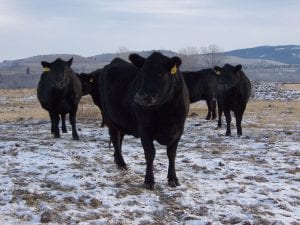The seminar series will focus on management and profit strategies for beef producers and allow producers to ask questions of their local, district and state extension specialists.
MANHATTAN, Kan. – Strategies to mitigate environmental factors impacting reproduction is the theme of the 2019 Kansas State University Winter Ranch Management Seminar Series. Hosted at four sites across the state of Kansas the meetings will feature presentations and comments by extension educators on profit-enhancing strategies. Continue reading “K-State’s Winter Ranch Management Series Set for February”
 By
By